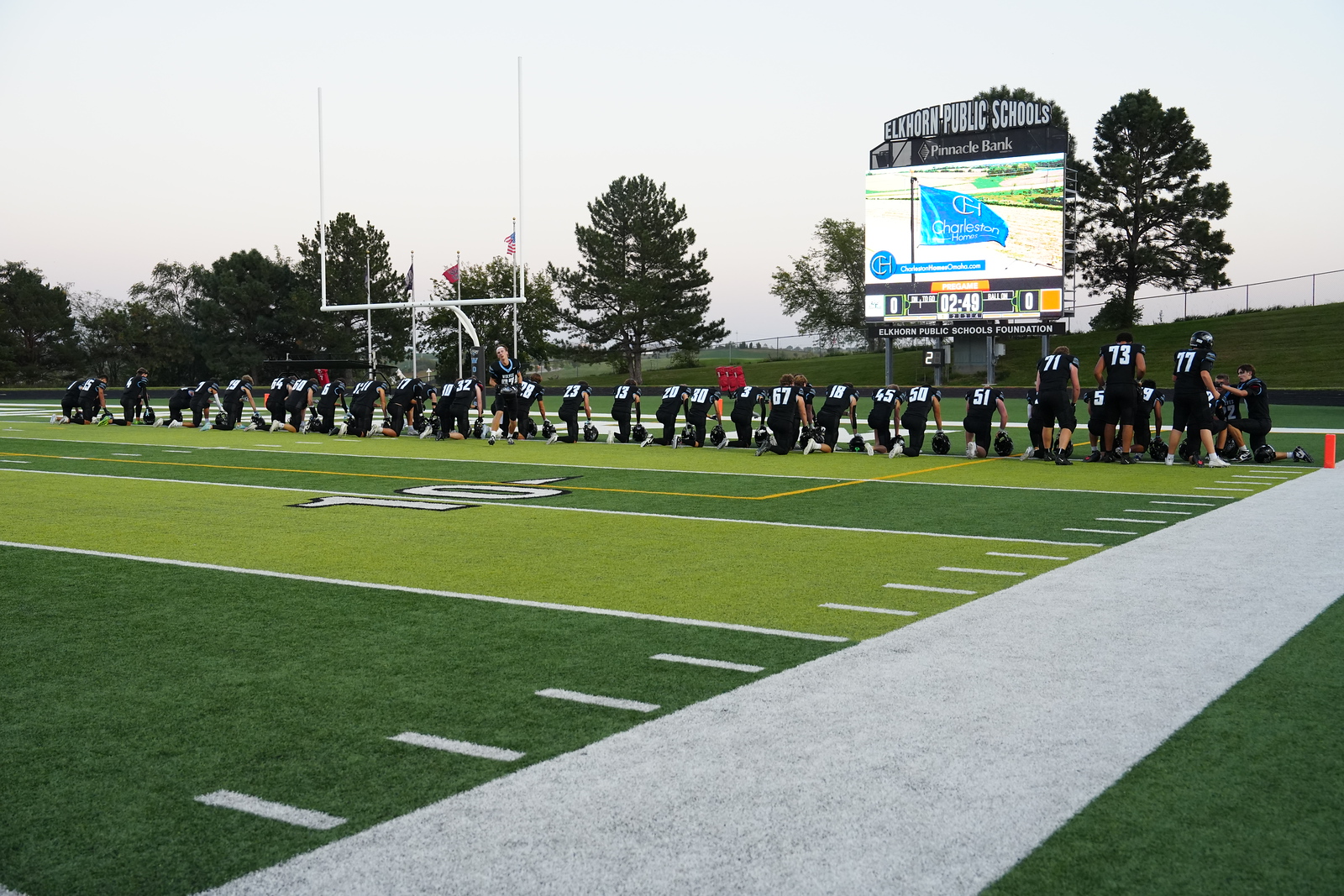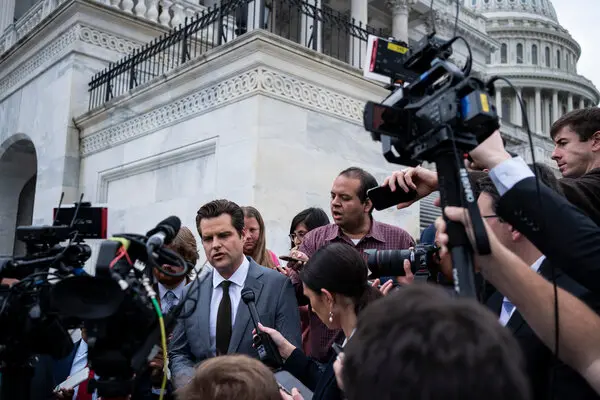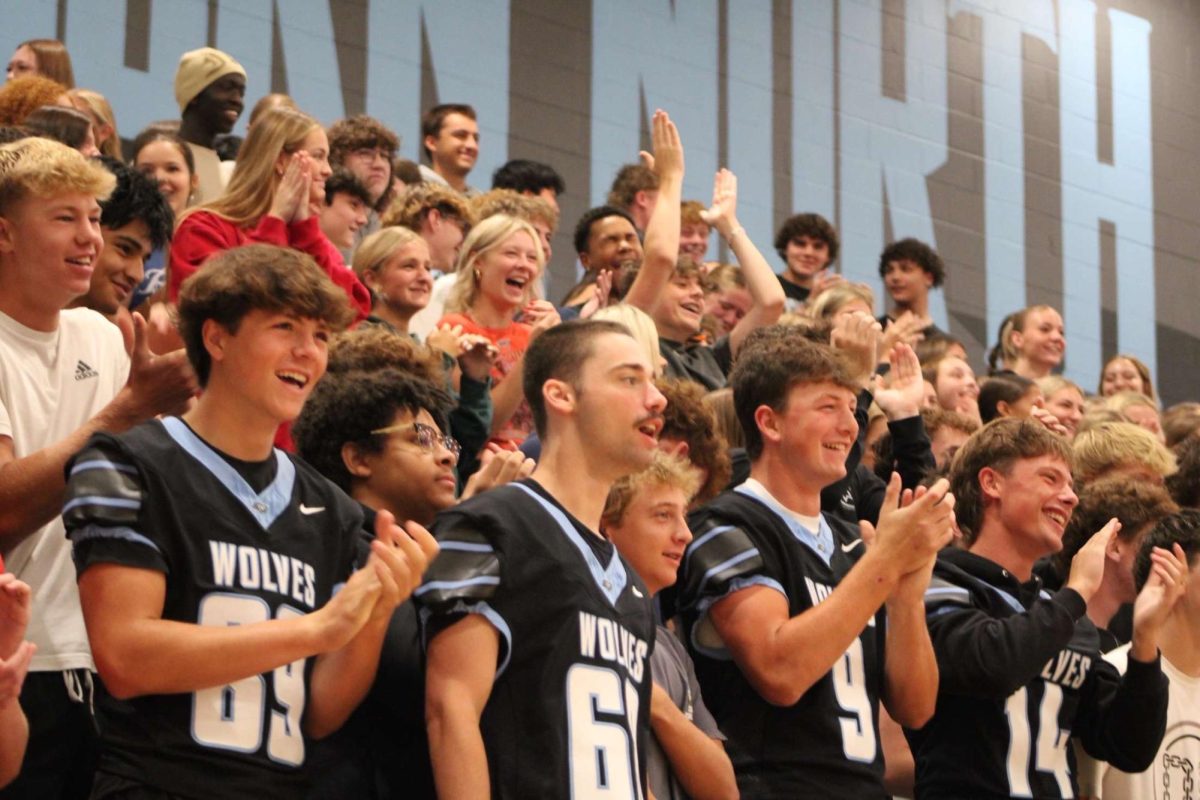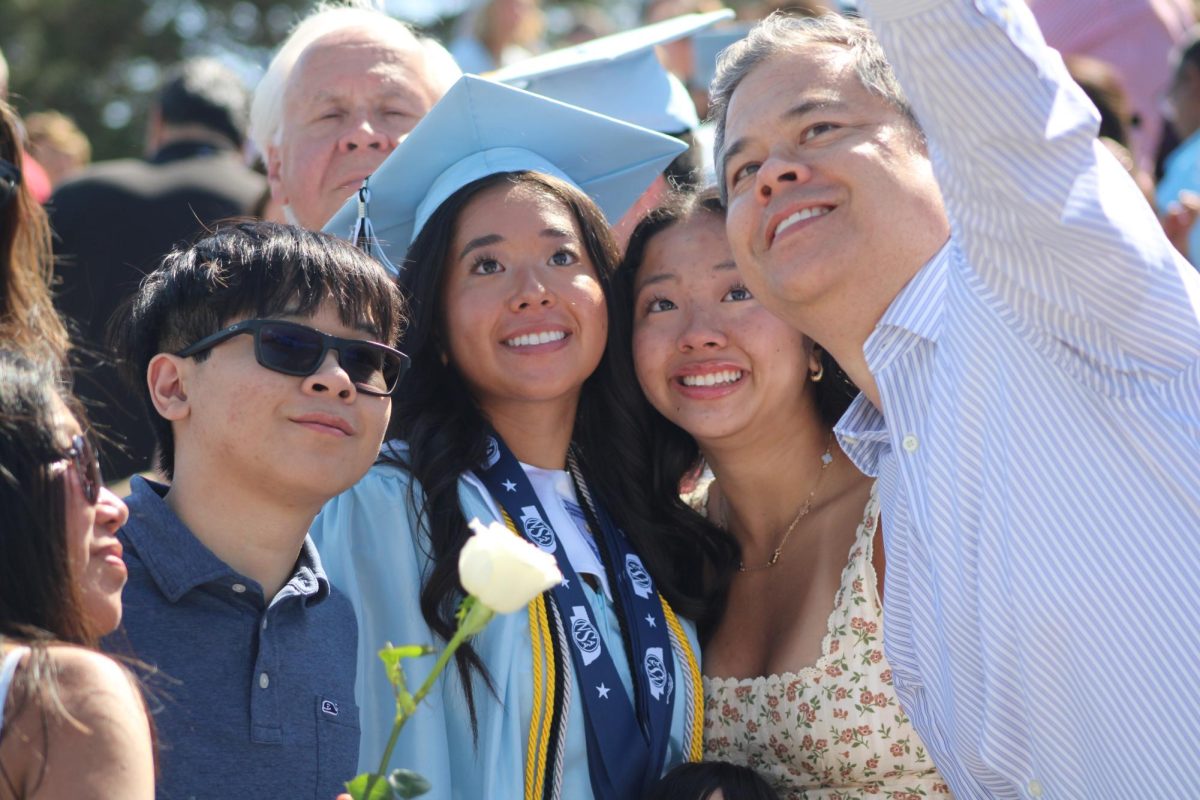Every Wednesday at 7:20 a.m., students gather in a math classroom at ENHS, not to learn geometry or algebra, but to share their faith through bible verses and prayer.
The number of adults who identify as religious in the U.S. has decreased from 90% in 1990 to 60% currently, according to Northeastern Global News.
It is believed that cultural norms have influenced this movement away from traditional religious practices. People are shifting their view from a higher purpose unto themselves. In the past, many aspects of religion adhered to a solidified set of practices; however, now students are challenging these norms and building their faith on a more personal and private level.
There are over 10,000 religions in the world, according to the Union College of New Jersey. Christianity is the most widespread religion not only in the United States, but also worldwide. According to Pew Research, Christians make up 32% of the world’s population, being the dominant religion in the U.S., Europe, Sub-Saharan Africa, and parts of South America.
When doing a Google search, “Why is Gen Z the most,” the autofill yields: stressed, depressed, rejected, anxious, and misunderstood. These are not good connotations for an entire generation of people born in the years 1997 to 2012, according to Pew Research.
One of the biggest influences on this generation is the prevalence of social media in their lives, for better or for worse. Students are fed information constantly, a hundredfold more than what older generations would get on average as a result of technological advances and the prevalence of news, growth in school curriculum, and social media.
They are exposed to current events, trends, conformity, hatred, misinformation, and cyberbullying online. The University of California says that social media fuels anxiety, depression, loneliness, and FOMO (fear of missing out). These are negative and forced onto students by a desire for conformity and an inherent need to be on social media to keep up with societal norms.
Faith draws students away from the media, which gives the world a different light, one not from a screen. Students who turn to Faith are going to be more confident in who they are, accepting, and less interested in what everyone else around them is doing.
Another factor that may be turning students towards faith is their desire for certainty. In early 2020, students were met with a worldwide pandemic that shut down schools, businesses, and many aspects of everyday life.
Learning was done online, granting students of this generation the nickname “zoomers,” a play on words for the usage of Zoom during the pandemic. The vital social connections that young people needed to learn and develop were put on hold.
The COVID-19 pandemic is not the sole cause of this religious resurgence; in recent years, numerous events on a worldwide scale have been uncertain: presidents, world wars and conflicts, debates on human rights, gas prices, the ability to make a living wage, and more.
On a more personal level, students are faced with the tough decision of what to do next. This uncertainty causes students to turn to something they can be certain of, and for some, that is faith.
“My faith is the most important thing in my life, and so everything else will happen how it’s supposed to happen,” senior Faith Seely said.
Indeed, this generation is also the most open about mental-health issues, trying to erase stigmas set in place by past generations.
This personal belonging has shaped students to discover a path unique to them. Straying away from the practices of parents and adults who practiced a much more institutionalized, community-based, and direct interpretation of the Bible by an increased emphasis on new traditions, ideas, and beliefs.
For many, it’s an increase in church-going on Sundays, but for others, it’s so much more.
Each Wednesday, groups of students meet to pray, read scripture, and talk about life. The Fellowship of Christian Athletes is entirely student-led, though overseen by math teacher Spencer Peterson. The group brings a unique perspective t0 faith, choosing scripture that relates to students’ lives today.
“[FCA] is led by students who know exactly what you’re going through,” Seely said.
Many Elkhorn students attend local youth groups like Campus Life, Youth United, and Christ Community. Nearly every church has a group dedicated to students and their pursuit of faith.
Youth United is a particularly common one in recent years. Many high school students from the area attend this group on Wednesday nights. Led by Youth Pastor Coleman Marion. Here, students can connect with other believers of the same age and share their lives on a personal level.
“If a friend walks with you in your relationship with Jesus, it makes it even stronger,” David Ellefson, Youth United LDP (Leadership Development Program), said. “The encouragement of other students is a key part of our Student Ministry.”
Faith for this generation isn’t just about tradition; it’s about community, connection, and coping. A shift from traditional faith, students seek out a much more personal connection with God and those around them. Some use apps like the “bible” app, or social media to share devotionals or organize prayer chains.
“Social media evangelism may not always be the most effective route, but it is an avenue where Christian movements can have a spotlight and inspire other faith movements,” Ellefson said.
These groups are not just religious, they’re relational. In a world full of noise, this is their space to breathe, to speak, to feel seen. They choose faith as a response to stress, anxiety, and uncertainty, rather than unhealthy coping methods.
This revival isn’t just about turning back to faith; it’s about redefining it entirely. Students and young adults are changing what faith means to them, taking a formerly traditional point of view and modernizing it to be more personal and transformative.
This movement may inspire larger conversations about spirituality, mental health, and belonging in schools and beyond. It might not lead to a sweeping return to organized religion as it had once been, but it could lead to more young people finding meaning, purpose, and peace outside of what the material world offers.
“I hope that [students] show other people love no matter who they are or what they’ve done,” sophomore Lincoln Petrick said. “Because everyone deserves love.”
This resurgence could also spark a change in how individuals, schools, and communities support students, not just academically, but emotionally and spiritually. Only time will tell what this could lead to. In the meantime, in classrooms before the bell rings, faith is making a quiet comeback.
“No matter what happens in my life, I put my faith first,” Seely said.








